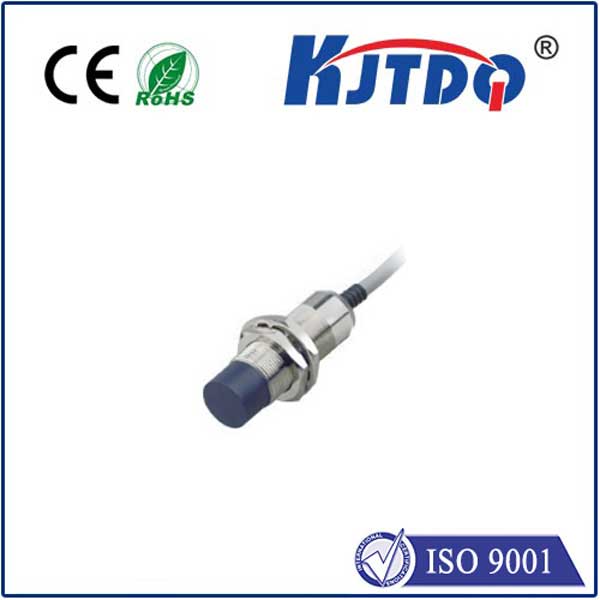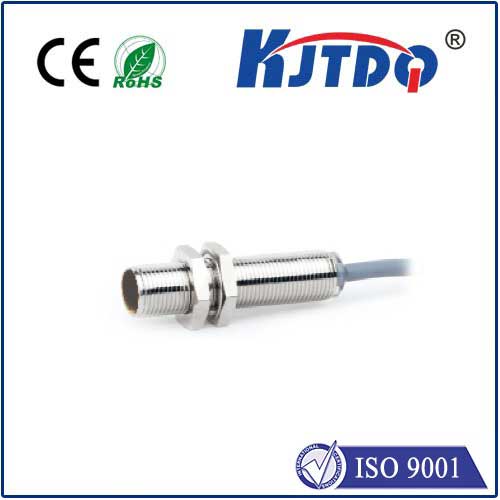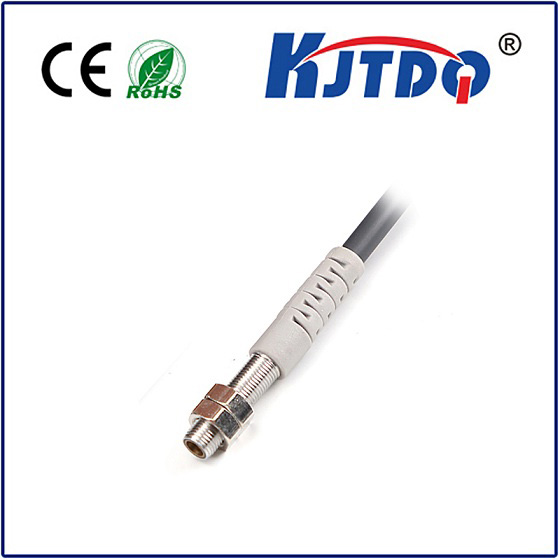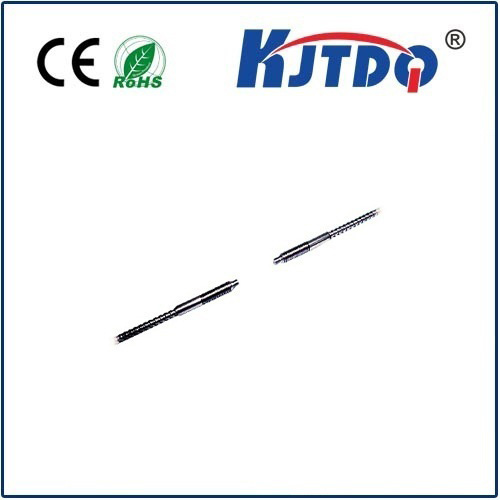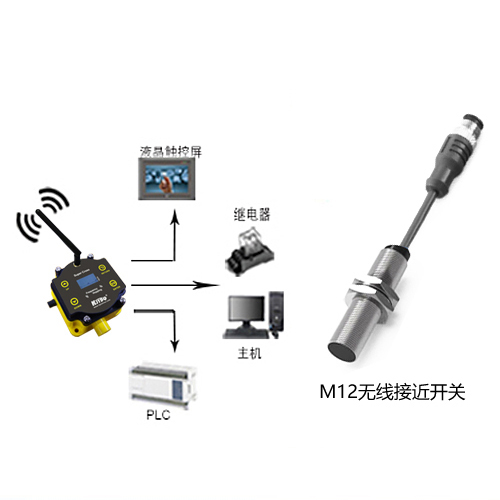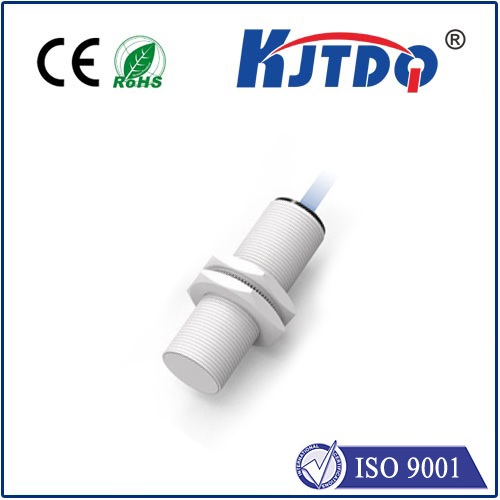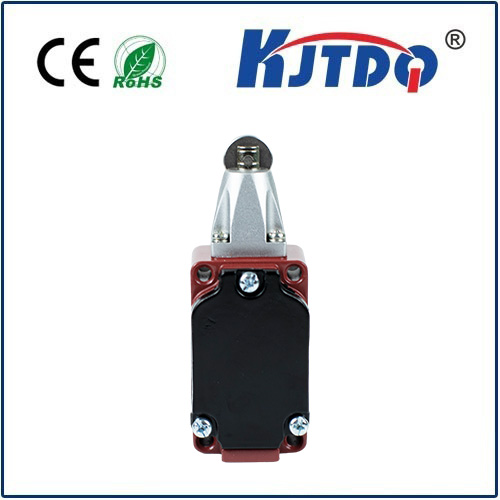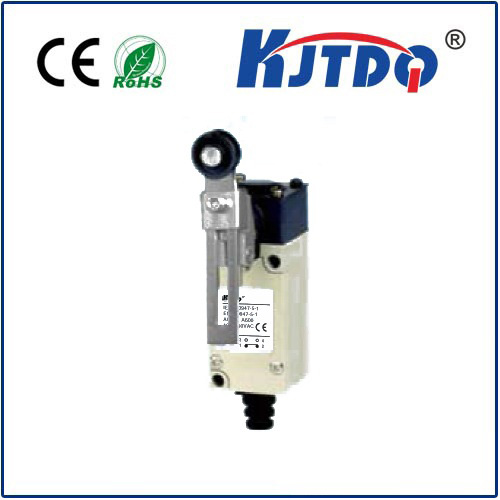m12 proximity sensor
- time:2025-06-14 03:31:06
- Нажмите:0
The M12 Proximity Sensor: Your Essential Guide to Compact Detection
Imagine a high-speed production line. Bottles whiz past filling stations, robotic arms weld components with laser precision, and conveyor belts hum relentlessly. In this intricate dance of automation, tiny workhorses, often unseen but absolutely vital, ensure flawless operation. One critical component? The M12 proximity sensor. Compact, robust, and incredibly reliable, it’s the silent guardian detecting presence, absence, position, or count without physical contact. But what exactly makes this particular sensor format so pervasive?
At its core, an M12 proximity sensor is an inductive sensing device named for its standardized metric thread size: 12 millimeters in diameter. This compact form factor allows it to be easily installed in tight spaces common on modern machinery. Its primary function? Detecting the presence of metallic objects (typically ferrous metals like iron and steel) within a specific, short range – its sensing distance – without needing to touch them. This non-contact detection is fundamental to its longevity and reliability in harsh industrial settings.
How Does This Magical Detection Work?
The secret lies inside. An M12 inductive proximity sensor houses a high-frequency oscillator circuit generating an electromagnetic field emanating from its sensing face. When a metallic target enters this field, it interacts by inducing eddy currents within the target material. These currents represent an energy loss to the oscillator circuit.

The sensor’s sophisticated electronics constantly monitor this oscillator. As the eddy currents drain energy, the oscillator’s amplitude diminishes. A detector circuit is designed to recognize this specific energy drop. Once the loss reaches a predetermined threshold – corresponding to the target being within the effective sensing distance – the sensor switches its output state. This transition, typically opening or closing an electrical circuit, sends a clear signal: “Target Detected!”
Exploring the M12 Sensor Family: Key Variations
While the inductive principle is most common for M12 sensors targeting metals, the M12 form factor also houses other technologies:
- Inductive Sensors (Metal Detection): The undisputed champions for detecting ferrous and non-ferrous metals. Their ruggedness, immunity to environmental contaminants (like dust, oil, or moisture), and high switching frequencies make them ideal for counting gear teeth, detecting piston position, or verifying part presence on conveyors.
- Capacitive Sensors (Material Detection): These go beyond metal. They detect liquids, plastics, wood, powders, and glass by sensing changes in an electrostatic field. Ideal for monitoring fill levels in non-metallic tanks, detecting label presence on containers, or verifying wood board positioning.
- Magnetic Sensors (Reed Switch / Hall Effect): Designed specifically to detect magnetic fields, triggered by magnets. Often used for cylinder piston position feedback where a magnet is embedded in the piston.
Why the M12 Format Reigns Supreme: Unbeatable Advantages
The M12 sensor’s dominance isn’t accidental. It stems from compelling advantages:
- Compact Size & Easy Integration: The 12mm threaded barrel allows installation in incredibly tight spaces where larger sensors simply wouldn’t fit. Threaded design ensures robust mounting and vibration resistance. M12 connectors are incredibly common and standardized, simplifying wiring.
- Exceptional Ruggedness: Built for industrial life. Many feature stainless steel housings (316L grade is common) and robust sensing faces, offering superior resistance to impacts, abrasion, and chemical splashes. High IP ratings (e.g., IP67, IP68, IP69K) guarantee reliable operation even when submerged or subjected to high-pressure washdowns common in food processing or pharmaceutical plants.
- High Reliability & Longevity: Non-contact operation eliminates mechanical wear and tear. Encapsulated electronics protect against moisture and shock. This translates to minimal maintenance requirements and exceptionally long service life, maximizing uptime.
- Speed & Precision: Capable of *high switching frequencies (often exceeding 1kHz). This allows them to detect objects moving at very high speeds accurately, making them perfect for tasks like high-speed counting or precision positioning.
- Standardization & Versatility: The M12 standard encompasses not just the thread but also common pin configurations and connector styles (3-wire, 4-wire). This vast ecosystem offers sensors for nearly any application requirement – different sensing distances (from 1mm to 8mm commonly), voltage ratings (10-30V DC is standard, AC options exist), output types (NPN, PNP, NO, NC), and specialized versions like analog output or factor 1 (flush-mountable).
Where Do M12 Proximity Sensors Shine? Applications Galore
Their versatility means you’ll find M12 sensors enabling automation across countless sectors:
- Производство: Part presence/absence detection on assembly lines, robot end-of-arm tooling, machine guarding, position feedback on linear actuators or cylinders, high-speed counting of products or parts.
- Packaging & Material Handling: Verifying bottle/cap presence, detecting filled container positions, controlling conveyor gates, monitoring pallet positions, sensing roll diameter.
- Automotive: Precise positioning in welding robots, verifying component insertion, fluid level sensing in reservoirs, engine component timing.
- Food & Beverage: Detecting fill levels in stainless steel tanks, verifying cap or label application, used in washdown environments due to high IP69K ratings.
- Machinery: Tool break detection in CNC machining centers, spindle orientation, safety interlocks, gear tooth counting.
Selecting the Perfect M12 Proximity Sensor: Key Considerations
With hundreds of variants available, choosing the right one requires attention to detail:
- Sensing Technology: Is your target metal (Inductive), any material (Capacitive), or a magnet (Magnetic)?
- Sensing Distance: Select a sensor with a nominal sensing range (Sn) slightly greater than your required mounting distance to accommodate tolerances.
- Target Material & Size: Inductive sensors require specific correction factors (reduction factors) for non-ferrous metals. Ensure the target is large enough to reliably trigger the sensor at your chosen distance.
- Housing Material: Stainless steel (e.g., 316L) is ideal for corrosive or washdown environments. Nickel-plated brass might suffice for general industrial use.
- Electrical Requirements: Рабочее напряжение (e.g., 10-30V DC), Output type (NPN vs. PNP; Normally Open vs. Normally Closed), Output current rating.
- Environmental Protection: IP rating essential for resistance to dust and moisture. IP67 (temporary immersion) or IP68/IP69K (continuous immersion/high-pressure washdown) are common industry standards.
- Special Requirements: Flush-mountable (Factor 1) for detecting targets through metal? Имитационный вывод for continuous position feedback? Extended temperature range? Resistant to welding fields?
From the relentless pulse of an automotive assembly line to the sterile demands of a cleanroom packaging machine, the M12 proximity sensor continues to prove its indispensable value. Its compact, robust design, combined with high reliability, versatility, and ease of integration, makes it the fundamental building block for precise, non-contact detection across the automated world. When precise position, presence, or count matters, this tiny titan delivers silently and consistently, driving efficiency and quality control wherever automation calls.

